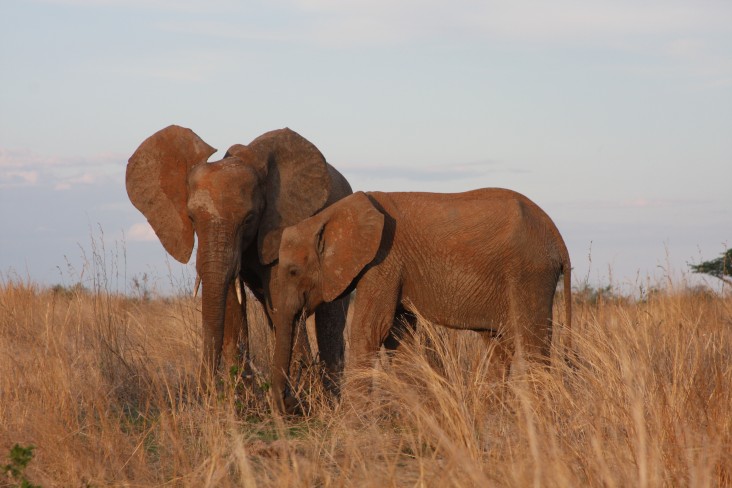Speeches Shim

Tanzania is endowed with abundant natural resources and has prioritized protecting its rich biodiversity by placing more than 32 percent of its land area under protection. However, Tanzania remains one of the world’s poorest countries, with the majority of the poor living in rural areas. It is estimated that up to 80 percent of Tanzania’s rural population relies on use of natural resources to sustain a livelihood, which makes stewardship of these resources a fundamental priority for Tanzania’s continued stability and growth.
Biodiversity, particularly in relation to iconic wild animals such as giraffes, elephants, and lions, is important for the national economy, as wildlife-based tourism comprises approximately 9 percent of Tanzania’s gross domestic product and 25 percent of its foreign exchange earnings. In Tanzania, population growth, environmental mismanagement, commercial agricultural expansion, and climate change also combine to threaten biodiversity and rural livelihoods alike.
Recognizing that the drivers of poverty and biodiversity loss are linked, USAID partners with the government and people of Tanzania to improve environmental governance and management at a landscape scale, including building the nation’s capacity to reduce wildlife trafficking. This strategy involves developing and implementing key national environmental policies while supporting community-based conservation initiatives.
Challenges
USAID/Tanzania takes a sustainable approach to landscape management that targets critical ecosystems, with an emphasis on connectivity between protected areas. While sound policies exist in sectors related to natural resource management, these are hampered at the implementation level by poor quality data, analysis, and implementation—partly as a result of weak institutional capacity at central and local levels. Natural resource management practices for livelihoods are often unsustainable and inefficient, forcing local villagers to overexploit their resources in order to survive. Finally, poaching of wildlife has also escalated as a threat to functioning ecosystems and the tourism industry.
Impact
- Major policy reform achieved: USAID-supported efforts have been directly responsible for major policy developments and their approval by the Government of Tanzania. This includes the Environmental Management Act, Wildlife Conservation Act, wildlife management area regulations, the National Integrated Coastal Environmental Management Strategy, and Wildlife Corridor Regulations.
- Governance structures developed and supported: Natural resource management initiatives have built capacity among the National Environment Management Council, Wildlife Management Area Support Unit, Vice President’s Office–Strategic Objective Team Secretariat, Community Wildlife Management Area Consortium, and community-based organizations.
- Landscape-scale conservation efforts realized: USAID-supported policy reforms allowed an additional nine million hectares of biologically significant land to be brought under improved management for conservation, sustainable agriculture, and other land uses over the past 15 years.
- Livelihoods improved: Community-based conservation programs in wildlife management areas are empowering locals to manage key protected ecosystems, with affected communities earning over $6 million from private investors. Since 2010, over 400,000 people have received a direct increase in economic benefits through sustainable natural resource management and conservation.
- Wildlife crime reduced: Combined with U.S. Government interagency support, USAID efforts to train and equip game scouts in high-risk areas have contributed to a 50 percent reduction in elephant poaching since 2015. This was supported by community-level initiatives to reduce incentives to engage in poaching and other illegal activities.
RELATED FACT SHEETS
Overview: Natural Resource Management and Biodiversity Conservation
Environment Activity Fact Sheets
Endangered Ecosystems of Northern Tanzania
International Technical Assistance Program - U.S. Department of the Interior
Landscape Conservation in Western Tanzania
Promoting Tanzania's Environment, Conservation, and Tourism Project (PROTECT)
STORIES
Into the Woods - Protecting Tanzania's Forest Landscape and Biodiversity Legacy


Comment
Make a general inquiry or suggest an improvement.